
Find Help
More Items From Ergsy search
-
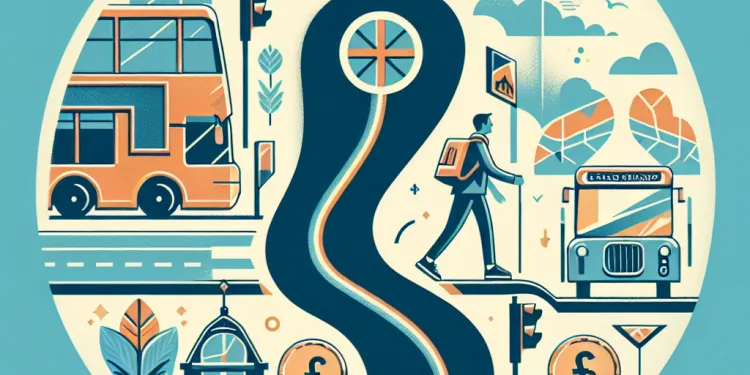
What should I do if my route to work lacks sidewalks?
Relevance: 100%
-

Are there any apprenticeship routes to becoming an NHS nurse?
Relevance: 26%
-
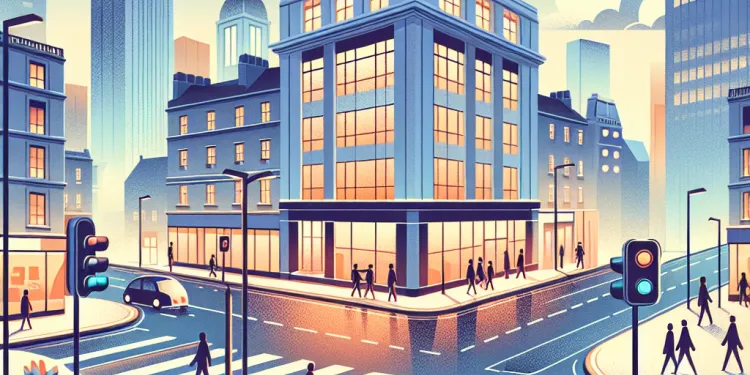
How can I stay safe while walking to work?
Relevance: 23%
-
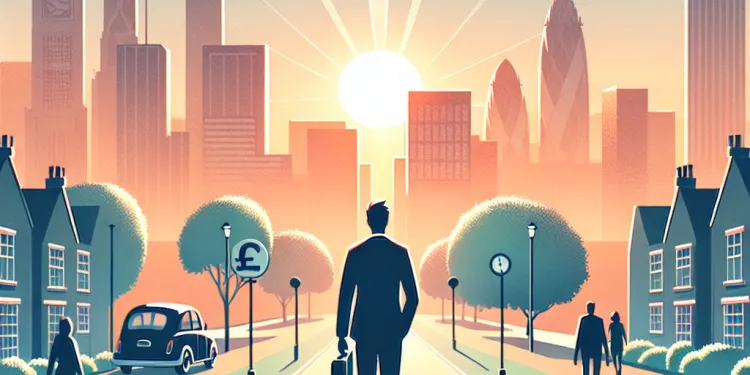
Walking to Work: A Simple Habit That Could Transform Your Lifestyle
Relevance: 23%
-
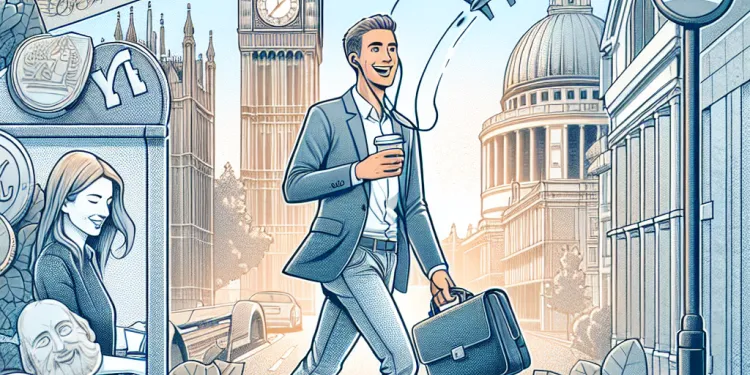
How can I make walking to work more enjoyable?
Relevance: 22%
-
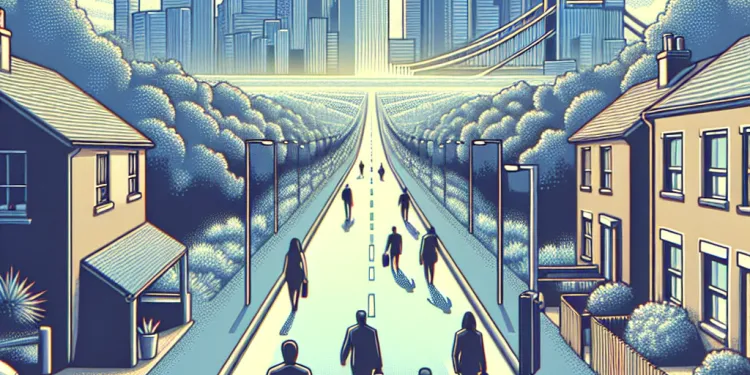
What if my walk to work is too long?
Relevance: 21%
-

How can I stay motivated to walk to work regularly?
Relevance: 21%
-

How does ketamine work?
Relevance: 18%
-

Are UK's Post-Pandemic Work Habits Harming Mental Wellbeing?
Relevance: 17%
-
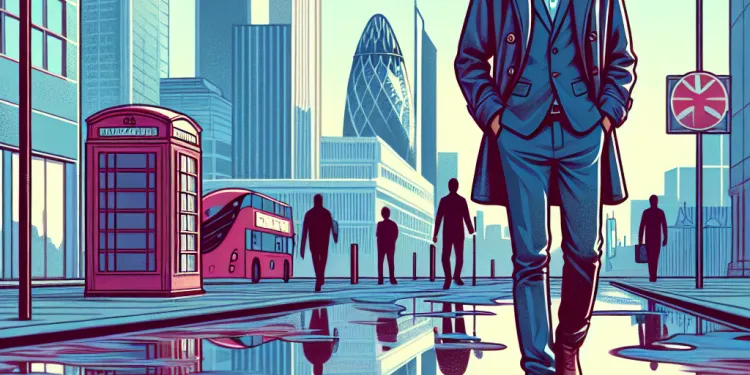
What should I wear when walking to work?
Relevance: 16%
-

Do I need a background in history to work at the National Trust?
Relevance: 16%
-

What are the health benefits of walking to work?
Relevance: 15%
-

Do I have the right to control my working hours?
Relevance: 15%
-

Are UK's Post-Pandemic Work Habits Harming Mental Wellbeing?
Relevance: 14%
-
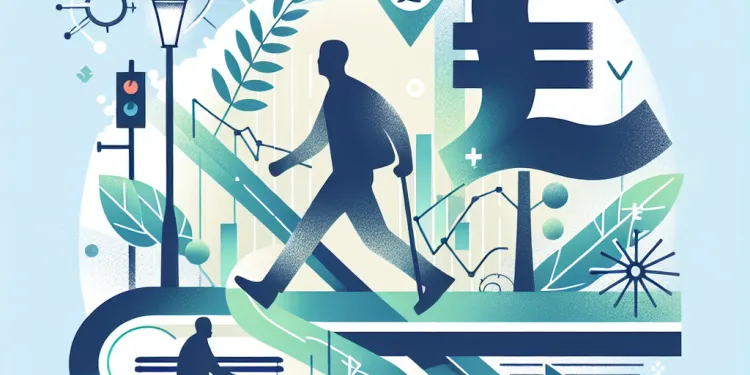
How does walking to work impact mental health?
Relevance: 14%
-
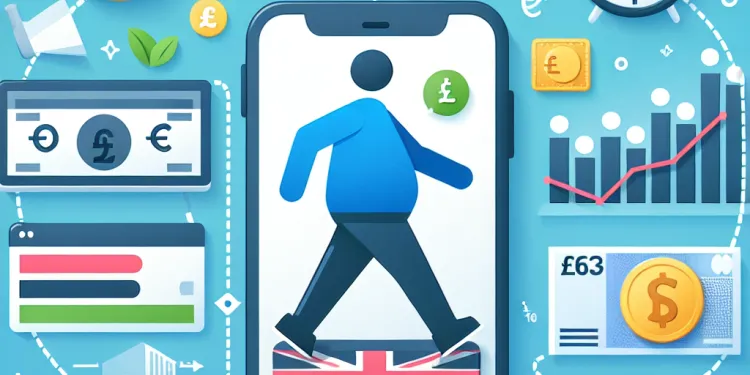
Is it possible to lose weight by walking to work?
Relevance: 14%
-

How long does it take to become an NHS nurse?
Relevance: 14%
-

How do vaccines work?
Relevance: 14%
-

Can I work for the National Trust part-time?
Relevance: 14%
-

How does Ozempic work?
Relevance: 13%
-

How does a defibrillator work?
Relevance: 13%
-

How does Botox work?
Relevance: 13%
-
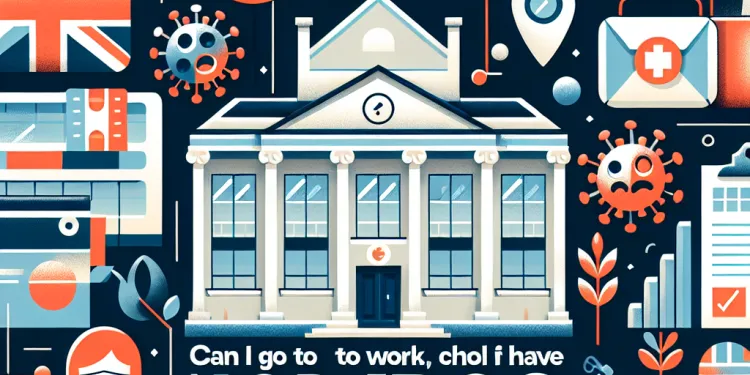
Can I go to work or school if I have norovirus?
Relevance: 13%
-
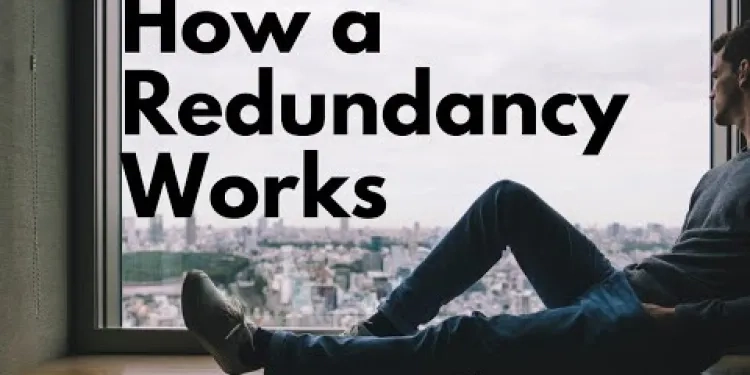
HOW A REDUNDANCY WORKS - General Information
Relevance: 13%
-
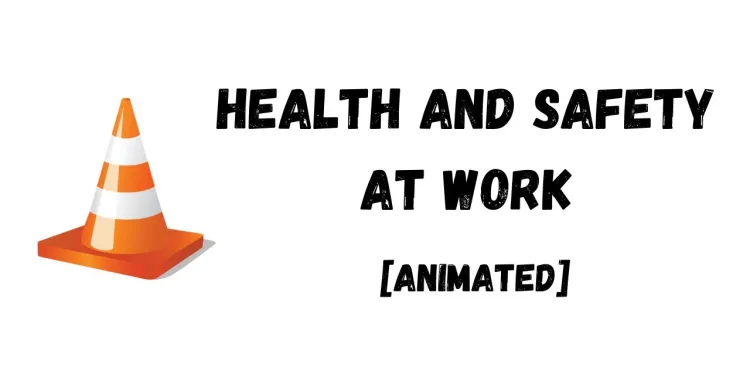
THE LAW IN 60 SECONDS | HEALTH AND SAFETY AT WORK
Relevance: 13%
-

Antihistamines how they work with hay fever
Relevance: 13%
-

Can UK citizens work in France or Spain without a visa?
Relevance: 13%
-

How does Omeprazole work?
Relevance: 13%
-

What are vaccines and how do they work?
Relevance: 13%
-

What is the work environment like at the National Trust?
Relevance: 13%
-

How long does it take for CBD to work?
Relevance: 13%
-

How soon can I return to work after a facelift?
Relevance: 13%
-

How soon can I return to work after a facelift?
Relevance: 13%
-

How does Mounjaro work?
Relevance: 13%
-

What should I wear when walking to work?
Relevance: 13%
-

How important is work experience for entering a nursing program?
Relevance: 13%
-

What age do you have to be to work at the National Trust?
Relevance: 13%
-

Do solar panels work in the UK?
Relevance: 13%
-

How does binge drinking impact academic or work performance?
Relevance: 13%
-
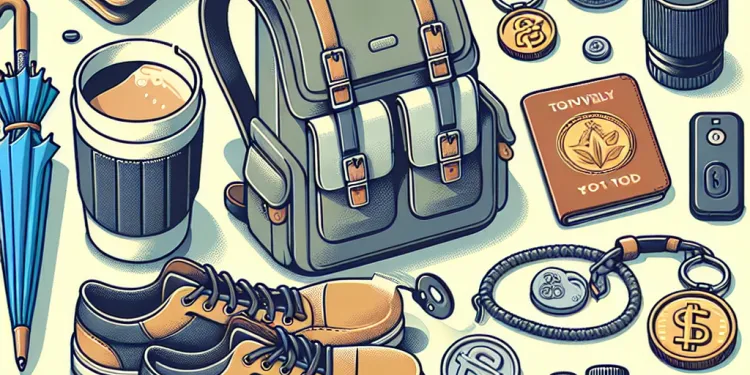
What should I bring with me when walking to work?
Relevance: 12%
Assessing the Current Situation
Lack of sidewalks on your route to work can be concerning, especially when considering safety and efficiency. The first step is to assess the current situation. Take note of high-traffic areas, the width of the road, and visibility. Consider walking the route during different times of the day to get a complete understanding of the potential risks involved. If it's possible, document any hazards or particularly troublesome spots by taking photos, which can be useful for communicating with local authorities or community groups.
Exploring Alternative Routes
It's worthwhile to investigate alternative routes that might have safer walking conditions. Utilize online maps or walking apps to plan different paths. Even if an alternative route is a bit longer, it may offer sidewalks or less traffic, making your commute safer. If available, consider combining walking with public transport options that might bypass the area without sidewalks. This not only adds safety but can also reduce the overall journey time.
Community and Local Authority Engagement
Engage with your local community and authorities to address the issue of lacking sidewalks. Contact your local council or transport department, as they are responsible for road safety improvements. You may also want to attend town or community meetings to raise the issue directly. Starting or joining a local advocate group can be effective; such groups often push for infrastructure improvements collectively, increasing the chance of action being taken. Utilize social media platforms to gather support and bring more attention to the issue.
Safety Precautions
Meanwhile, practice safety measures when walking a route without sidewalks. Always face oncoming traffic to increase visibility and reaction time. Wear bright or reflective clothing, especially during low-light conditions, to make yourself more visible to drivers. Where possible, walk on the grass verge or any available path off the road to maintain a safe distance from vehicles. Keep distractions like headphones or mobile phones to a minimum to stay alert.
Carpooling and Cycling Options
If walking simply feels too unsafe, consider other transport options such as carpooling with colleagues or cycling if it's viable for you. Carpooling provides a social and environmentally friendly alternative, reducing the number of vehicles on the road. If you choose to cycle, ensure you understand and adhere to cycle safety regulations, such as wearing a helmet and using cycle lanes where available.
Long-Term Solutions
Encouraging long-term changes is essential for improving pedestrian infrastructure. Advocate for urban planning changes that prioritise foot traffic by contacting local governments and participating in public planning discussions. These efforts will benefit not only your own commute but also contribute to a safer, more walkable community for everyone.
Looking at the Current Situation
If your way to work doesn't have sidewalks, it can feel unsafe. First, check the current situation. Look for busy roads, how wide they are, and if you can see clearly. Try walking at different times of the day to see what risks there are. If you can, take pictures of any dangerous places. These photos can help when talking to local leaders or community groups.
Finding Other Ways to Go
Look for other ways to get to work that might be safer. Use online maps or walking apps to find new paths. Even if a different route is longer, it might have sidewalks or fewer cars. This makes it safer. Try using public transport to avoid walking in areas without sidewalks. This can make your trip safer and maybe even quicker.
Talking with Community and Local Leaders
Talk to your community and local leaders about needing sidewalks. Contact your local council or transportation department. They work on making roads safer. Go to town meetings to talk about the problem. You can also join or start a local group that asks for better roads. Social media is a good way to get more people to support your cause.
Staying Safe
Be safe when walking where there are no sidewalks. Walk facing the traffic so you can see cars coming. Wear bright or reflective clothes, especially when it's dark, so drivers can see you. Walk on the grass or any path away from the road to stay safe from cars. Don’t use headphones or your phone so you can pay attention.
Other Transport Options
If walking feels too dangerous, try other ways like carpooling with friends or cycling. Carpooling is friendly and good for the environment. If you cycle, make sure you know the safety rules, like wearing a helmet and using bike lanes.
Making Long-Term Changes
For long-term safety, encourage changes that make it easier to walk. Talk to local governments and join public discussions about city planning. This will help make your commute safer and improve the community for everyone.
Frequently Asked Questions
What should I do if my route to work lacks sidewalks?
Consider contacting local authorities to request infrastructure improvements and explore alternate routes that may be safer.
Is it safe to walk on roads without sidewalks?
Walking on roads without sidewalks can be hazardous; use extra caution and consider wearing reflective clothing or using lights for visibility.
Are there laws requiring pedestrians to have sidewalks?
Sidewalk requirements vary by location; check local ordinances for specific regulations regarding pedestrian paths.
Can I use a bike lane if there are no sidewalks?
In many areas, pedestrians should not use bike lanes; verify local rules before using a bike lane for walking.
How can I stay safe walking on roads without sidewalks?
Walk facing traffic, stay alert, wear bright clothing, and avoid distractions like headphones.
What are alternative transportation options if there are no sidewalks?
Consider carpooling, public transportation, biking, or using rideshare services as alternatives.
How important are sidewalks for pedestrian safety?
Sidewalks significantly enhance pedestrian safety by providing a dedicated space away from vehicles.
Who should I contact to request a sidewalk installation?
Contact your local public works department or municipal office to inquire about sidewalk installations.
Should I report roads without sidewalks to local authorities?
Yes, reporting can help highlight the need for improvements; local authorities may prioritize infrastructure changes based on feedback.
Can sidewalks be added to existing streets?
Yes, though it requires planning and funding; communities can advocate for infrastructure improvements.
What are the benefits of having sidewalks along a route?
Sidewalks improve pedestrian safety, accessibility, and encourage walking and physical activity.
How can I encourage my community to support sidewalk projects?
Engage with local councils, attend town meetings, and collaborate with community groups to advocate for sidewalks.
What can make walking without sidewalks more dangerous?
High traffic speeds, poor lighting, bad weather, and limited visibility increase the danger of walking without sidewalks.
Are there grants or programs for building sidewalks?
Some regions offer grants for infrastructure improvements; check with local government for available programs.
Do businesses benefit from sidewalks?
Yes, sidewalks can increase foot traffic to local businesses and improve the overall attractiveness of an area.
What role do urban planners play in sidewalk installation?
Urban planners assess infrastructure needs and design projects, often coordinating with local governments to implement sidewalks.
Are there temporary solutions for areas without sidewalks?
Temporary measures such as roadside reflectors or pedestrian signage can improve safety until permanent sidewalks are installed.
What should I do if I must walk on a road with no sidewalks?
Stay as far off the road as possible, walk single file, and remain vigilant about oncoming traffic.
Are pedestrian lanes an alternative to sidewalks?
Pedestrian lanes can serve as a temporary or alternative solution where sidewalks are not feasible.
How can technology improve pedestrian safety on roads without sidewalks?
Smartphones can provide navigation for safer routes and apps can notify authorities about safety issues.
What can I do if there are no sidewalks on my way to work?
If there are no sidewalks, here are some things you can do:
- Walk on the side of the road facing the cars. This way, you can see them coming.
- Wear bright or reflective clothes, so drivers can see you better.
- Try to walk with someone else. It can be safer and more fun.
- If it is dark, carry a flashlight to help you see and be seen.
- If it's possible, find a safer route with sidewalks, even if it's a little longer.
You can use a map app on your phone to help find safer ways to go.
Think about talking to your local council to ask for better roads or paths. You can also look for other ways that might be safer to get where you need to go.
Can you walk safely on roads without sidewalks?
Walking on roads without sidewalks can be dangerous. Here are some ways to stay safe:
- Stay on the side: Walk on the side of the road, facing the cars. This helps you see the cars coming.
- Wear bright clothes: Wear clothes that are easy to see, especially at night. Bright or reflective clothes help drivers see you.
- Be careful: Look and listen for cars all the time. Be extra careful when it is dark or raining.
Helpful tools and tips:
- Use a flashlight: A flashlight can help you see better and help drivers see you.
- Find safe paths: If you can, choose roads with sidewalks or paths. These are safer.
Walking on roads without sidewalks can be dangerous. Be very careful. Wear bright clothes or use lights so cars can see you.
Do we need sidewalks for people who walk?
Rules might say where sidewalks are needed.
If you don't have a sidewalk, be careful when walking.
Use maps or ask someone for safe places to walk.
Sidewalk rules are different in each place. Ask local authorities about the rules for walking paths in your area.
Can I ride my bike in the bike lane if there is no sidewalk?
If there is no place to walk, you might want to know if you can ride in the bike lane.
To make it easier:
- Check local rules: Some places have different rules about bike lanes.
- You can look for signs: Signs may say if you can use the bike lane.
- Ask someone for help: A friend or an adult could know the rules.
If unsure, stick to where it's safe for both walking and biking.
In some places, people walking should not use bike lanes. Check the rules in your area before walking in a bike lane.
How can I walk safely on roads that don't have sidewalks?
Walk so you can see cars coming towards you. Pay attention to what's around you. Wear bright clothes so people can see you easily. Don't use headphones so you can hear what's happening around you.
What can you do if there are no sidewalks?
If there are no sidewalks, here are some simple ideas:
- Ride a bike: Bikes can be a fast way to get around.
- Use public transport: Buses and trains can take you where you need to go.
- Carpool with friends: Share rides with others to save time.
- Walk on the side of the road safely: Be careful and stay close to the edge.
- Use a scooter: Scooters can be quick and fun to use.
Get help if needed:
- Map apps: Use a phone app to find the best route.
- Ask an adult: Adults can give you good advice and help.
Think about sharing a car with others, taking the bus or train, riding a bike, or using a service like Uber or Lyft to get around.
Why are sidewalks important for people walking?
Sidewalks help keep people safe when walking. They give us a safe space away from cars. This is very important because it stops accidents.
Walk on the sidewalk to stay safe. If there is no sidewalk, walk on the side of the road facing traffic. This helps you see cars coming.
Sidewalks help keep people safe when they walk. They give people a special place to walk that is away from cars and trucks.
Who do I ask to put in a new sidewalk?
Call or visit your local public works office or town hall to ask about getting sidewalks in your area.
Should I tell someone if a road has no sidewalks?
If you see a street with no safe place to walk, you can tell the people in charge of roads. This can help make the roads safer for everyone.
Here are some tips to help you:
- Write down the name of the road and where it is.
- You can call or email your local council or road office.
- Ask a friend or family member to help you if you need it.
Yes, telling someone can help show where things need to get better. Local authorities might fix problems first if people talk about them.
Can we add sidewalks to streets we already have?
Yes, it can be done! But you need to plan and find money first. Communities can ask to make things better where they live.
Why is it good to have sidewalks next to a road?
Sidewalks make it safer for people to walk. They help everyone get around more easily and make people want to walk and be active.
How can I get my community to help with sidewalk projects?
Do you want your town to have better sidewalks? Here are some simple steps to get people on board:
- Talk to Your Neighbors: Chat with people nearby about why good sidewalks are important. Share your ideas and listen to theirs.
- Make a Simple Plan: Write down a few easy steps to improve the sidewalks. Show this plan to others.
- Create a Fun Event: Organize a day where everyone can help clean up or fix little parts of the sidewalk together.
- Share Stories: Tell or share fun stories or pictures about people enjoying good sidewalks. Use social media or local groups to spread the word.
- Ask for Help: Reach out to local leaders and ask how they can help with the sidewalk plans.
You can also use tools like drawings, photos, or simple maps to show your ideas.
Talk to your local council. Go to town meetings. Work with community groups. This will help you ask for sidewalks.
Why is walking on roads without sidewalks dangerous?
Walking without sidewalks can be dangerous. Here are some things that can make it more dangerous:
- Cars going too fast
- Not enough streetlights
- Bad weather like rain or fog
- Hard to see where you're going
These things can make it safer:
- Walk during the day when it's light
- Wear bright clothes so drivers can see you
- Use a flashlight if it's dark
- Walk with friends or family
- Stay away from the edge of the road
Can I get help to build sidewalks?
If you want to build sidewalks, there might be some help for you. This help can be money or programs.
You can ask your local government. They might have information on how to get help.
You can also look for community programs. These programs can tell you if there is any support available.
Using the internet can help find more information. Try searching online to learn about ways to get money or help for sidewalks.
Ask someone to help you read and understand things if you find them hard. It's okay to ask for help!
Some places give money to help fix roads and buildings. Ask your local government to see if they have any programs that can help.
Do shops do better if there are sidewalks?
Using pictures or drawings can help you understand.
Yes, sidewalks help more people walk to local shops. They also make the area look nicer.
What do city planners do when building sidewalks?
City planners are people who make plans for towns or cities. They help decide where sidewalks should go. They work with others to make sidewalks safe and easy to use for everyone. If you find reading hard, you can use a ruler or your finger to help you follow the words. You can also ask someone to read with you.
Urban planners are people who help plan and design cities and towns. They look at what is needed and then help make it happen. They often work with local governments to build sidewalks.
Can we make places safer when there are no sidewalks?
Sometimes there are no sidewalks to walk on. We can use some quick ideas to help keep everyone safe:
- Signs: Put up signs to tell people to be careful.
- Paint: Paint lines on the road to show where people can walk.
- Lights: Add lights so people can see better at night.
These ideas can help make places safer until we can build real sidewalks.
We can use things like signs for people walking or shiny posts by the road to help keep everyone safe. These can help until we build proper sidewalks.
What to do if there are no sidewalks?
Here is what to do if you have to walk on a road with no sidewalks:
- Walk on the side of the road that lets you see cars coming towards you.
- Stay as far away from the road as you can.
- Wear bright clothes so drivers can see you easily.
- Be extra careful when it is dark or rainy.
Remember to look and listen for cars. It can help to walk with a friend or adult. Always stay safe!
Stay away from the road, walk one behind the other, and always watch for cars coming towards you.
Can people walk on special lanes instead of sidewalks?
Walking lanes can be a short-term or different choice when we can't have sidewalks.
How can technology help people walk safely on roads without sidewalks?
Technology can make walking safer on roads without sidewalks. Here are some ways it can help:
- Smart Lights: These lights can change color to warn drivers when people are walking nearby.
- Reflective Gear: Clothes and stickers that glow in the dark help drivers see you at night.
- Phone Apps: Some apps can tell you the safest path to take or alert drivers there are walkers nearby.
Try using reflective gear and phone apps to stay safe when you walk. Always be alert to your surroundings.
Phones can help us find safe ways to go. Apps can tell the police or other helpers if there is a problem.
Useful Links
- Ergsy carfully checks the information in the videos we provide here.
- Videos shown by Youtube after a video has completed, have NOT been reviewed by ERGSY.
- To view, click the arrow in centre of video.
- Most of the videos you find here will have subtitles and/or closed captions available.
- You may need to turn these on, and choose your preferred language.
- Go to the video you'd like to watch.
- If closed captions (CC) are available, settings will be visible on the bottom right of the video player.
- To turn on Captions, click settings .
- To turn off Captions, click settings again.
More Items From Ergsy search
-

What should I do if my route to work lacks sidewalks?
Relevance: 100%
-

Are there any apprenticeship routes to becoming an NHS nurse?
Relevance: 26%
-

How can I stay safe while walking to work?
Relevance: 23%
-

Walking to Work: A Simple Habit That Could Transform Your Lifestyle
Relevance: 23%
-

How can I make walking to work more enjoyable?
Relevance: 22%
-

What if my walk to work is too long?
Relevance: 21%
-

How can I stay motivated to walk to work regularly?
Relevance: 21%
-

How does ketamine work?
Relevance: 18%
-

Are UK's Post-Pandemic Work Habits Harming Mental Wellbeing?
Relevance: 17%
-

What should I wear when walking to work?
Relevance: 16%
-

Do I need a background in history to work at the National Trust?
Relevance: 16%
-

What are the health benefits of walking to work?
Relevance: 15%
-

Do I have the right to control my working hours?
Relevance: 15%
-

Are UK's Post-Pandemic Work Habits Harming Mental Wellbeing?
Relevance: 14%
-

How does walking to work impact mental health?
Relevance: 14%
-

Is it possible to lose weight by walking to work?
Relevance: 14%
-

How long does it take to become an NHS nurse?
Relevance: 14%
-

How do vaccines work?
Relevance: 14%
-

Can I work for the National Trust part-time?
Relevance: 14%
-

How does Ozempic work?
Relevance: 13%
-

How does a defibrillator work?
Relevance: 13%
-

How does Botox work?
Relevance: 13%
-

Can I go to work or school if I have norovirus?
Relevance: 13%
-

HOW A REDUNDANCY WORKS - General Information
Relevance: 13%
-

THE LAW IN 60 SECONDS | HEALTH AND SAFETY AT WORK
Relevance: 13%
-

Antihistamines how they work with hay fever
Relevance: 13%
-

Can UK citizens work in France or Spain without a visa?
Relevance: 13%
-

How does Omeprazole work?
Relevance: 13%
-

What are vaccines and how do they work?
Relevance: 13%
-

What is the work environment like at the National Trust?
Relevance: 13%
-

How long does it take for CBD to work?
Relevance: 13%
-

How soon can I return to work after a facelift?
Relevance: 13%
-

How soon can I return to work after a facelift?
Relevance: 13%
-

How does Mounjaro work?
Relevance: 13%
-

What should I wear when walking to work?
Relevance: 13%
-

How important is work experience for entering a nursing program?
Relevance: 13%
-

What age do you have to be to work at the National Trust?
Relevance: 13%
-

Do solar panels work in the UK?
Relevance: 13%
-

How does binge drinking impact academic or work performance?
Relevance: 13%
-

What should I bring with me when walking to work?
Relevance: 12%


